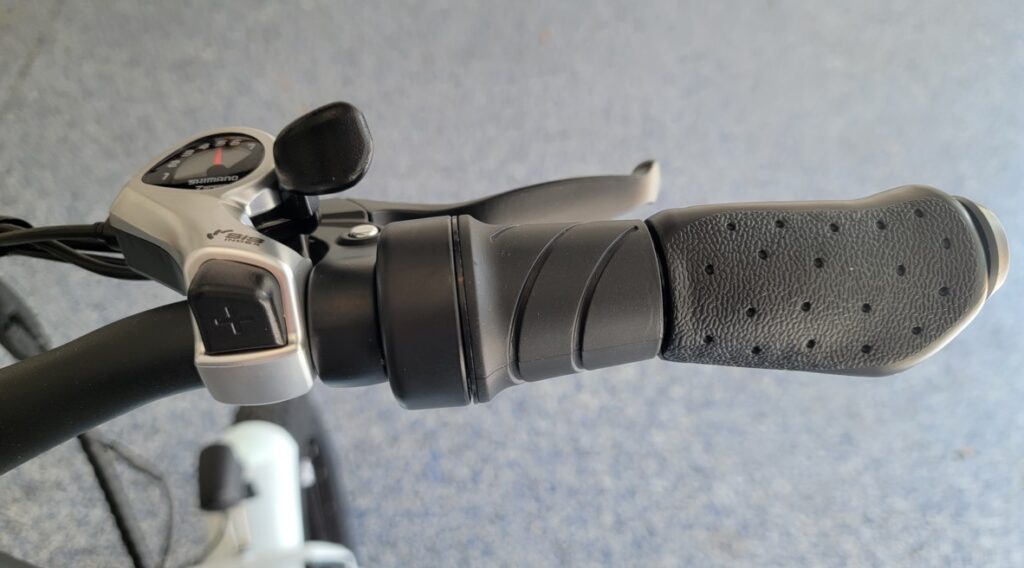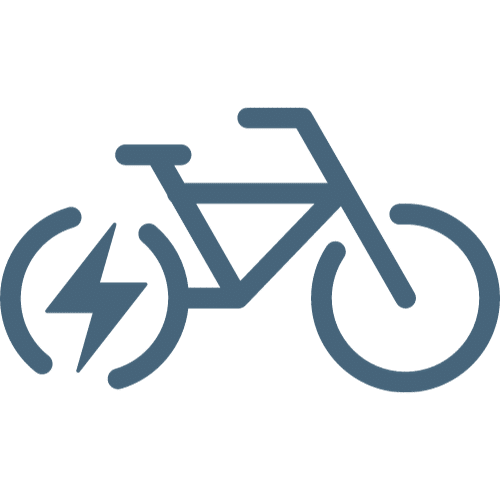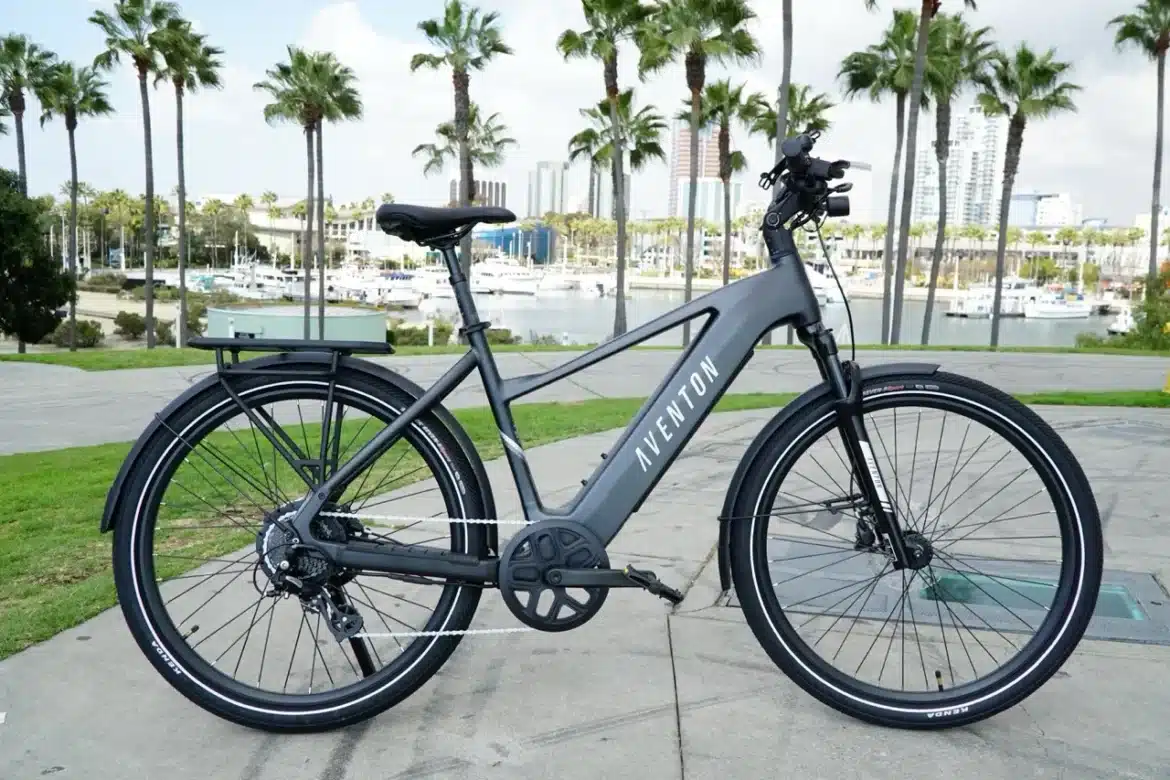California’s New E-Bike Regulations
In September of 2024, Governor Gavin Newsom signed SB-1271 into law, majorly altering electric bike regulations in the state of California. Currently there is a three-class system used almost universally across the United States to classify electric bikes and determine their street legality. One of the biggest changes is likely to rule that many throttle-operated electric bikes in California will no longer be street legal. Let’s dive into the details of this law, explore the three-class system, discuss the changes it introduces, and examine the implications for the industry.
The Three-Class System and Motor Power
California previously used a three-class system for e-bikes, which is now updated for clarification with the following regulations:
Class 1: Pedal-assist only, max speed of 20 mph
Class 2: Throttle-operated, max speed of 20 mph
Class 3: Pedal-assist only, maximum speed of 28 mph and no throttle above 20 mph
The biggest change is that Class 1 and Class 3 electric bikes can no longer have functional throttles without pedal use from the rider. The unspoken implication here is that pedals guarantee more safety, which may not always be the case.

Summary
Class 1 and Class 3: Throttles are prohibited, except for a walk-assist throttle that allows the bike to go up to 3.7 mph. This feature would primarily be made for instances like parking and getting the bike up steep inclines.
Class 2: Throttles are still permitted and can power the bike up to 20 mph, even without pedaling.
Continuous Power
In addition to changing the legality of throttle usage, the law also eliminates the wording “continuous power” from the motor power limit. Now, electric bikes are simply defined as bikes with motors that do not exceed 750W. This will have a significant impact on the marketing scene. Many motors previously marketed as 750W could output slightly more power and were advertised with peak power ratings above 750W. Manufacturers can no longer market motors as having higher peak power than this limit under SB-1271.
Implications for Electric Bike Manufacturers
As mentioned, electric bike manufacturers and sellers can no longer legally market Class 3 electric bikes with throttles. There is a strange loophole, however: Class 2 electric bikes can still be sold with a throttle. Riders can unlock them to achieve speeds higher than 20 mph with pedal-assist, making the bike technically non-compliant but still legal.
At that point, responsibility would fall on the rider to ensure their bike is compliant. Essentially, that would just mean removing the throttle if it’s been unlocked for those higher speeds.
Potential Impact on the Industry and the Future
Manufacturers of Class 3 electric bikes will be affected, as many of the popular models are throttle-operated and more than capable of reaching speeds of 28 mph. This law could drive companies towards producing Class 3 electric bikes without throttles, or to simply limit the throttle’s functionality in new designs.
This law could also influence the broader U.S. market. California has one of the largest electric bike markets in the country, and there are concerns that this law could lead to similar state-level regulations in the future. This would require more strict throttle usage in other states that follow California’s lead.
If this new law began to serve as a model for other states, it could potentially create a national shift toward stricter regulation of throttle-controlled electric bikes. As the industry adapts, manufacturers will likely find it in their best interest to pivot toward complying with these regulations. Otherwise, they could risk facing fines and possibly even decreased access to the markets.
The Freshly Charged Take
California’s SB-1271 marks a significant change in the world of electric biking, defining classifications clearly and eliminating previous vagueness regarding electric bike throttles and their limits. While it does provide more specific guidelines, it also leaves room for manufacturers and riders to exploit some of the law’s current loopholes. It’s still too soon to assess the full influence of this new law, its impact on sales, and electric bike design going forward. Much of this will unfold as the industry has time to respond and adapt to these new legal standards.
E-Bike Comparison Tool
Use our Freshly Charged E-bike Comparison Tool to evaluate more than 450 E-bikes. Compare and organize bikes by factors such as price, pedal-assisted speed, battery size, weight, tire size, and more!







